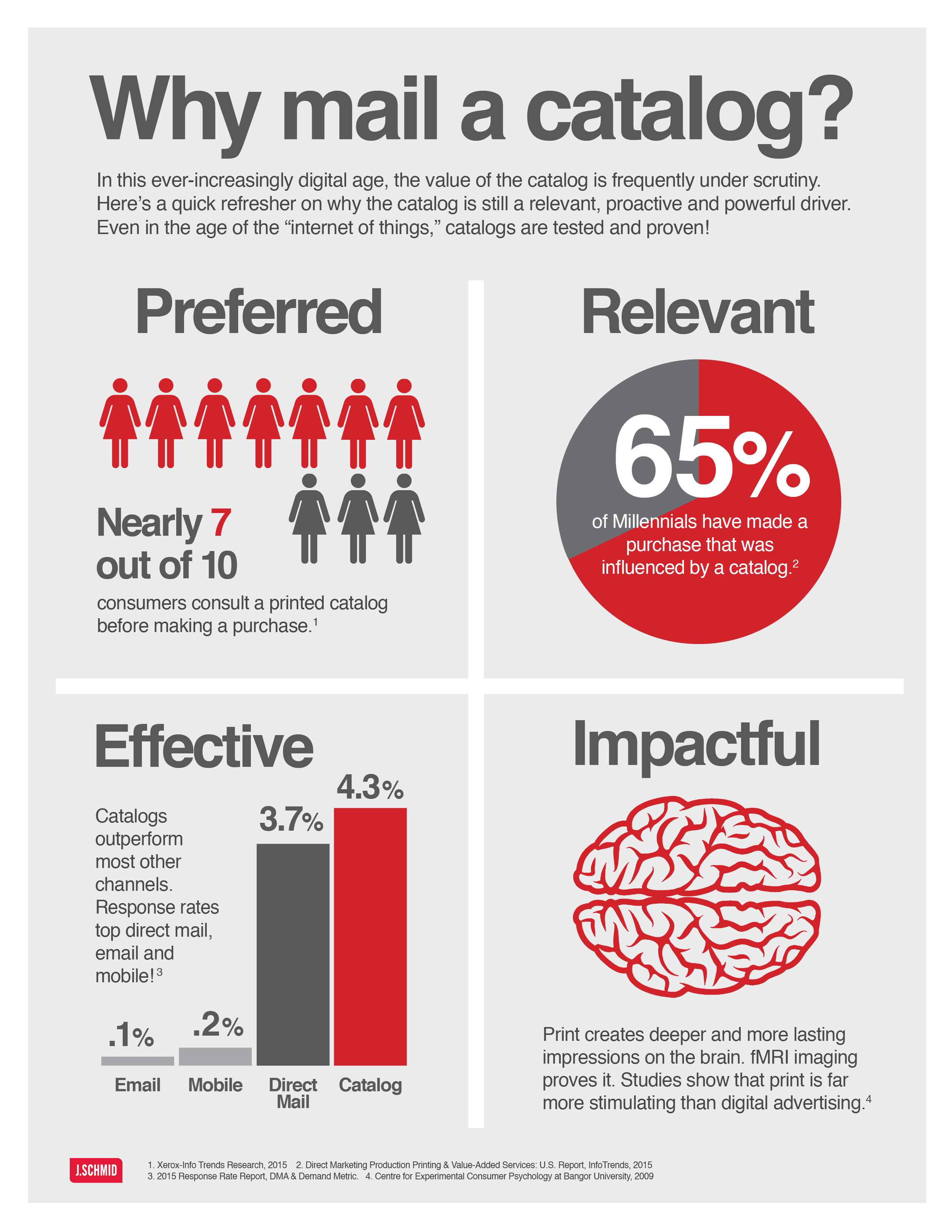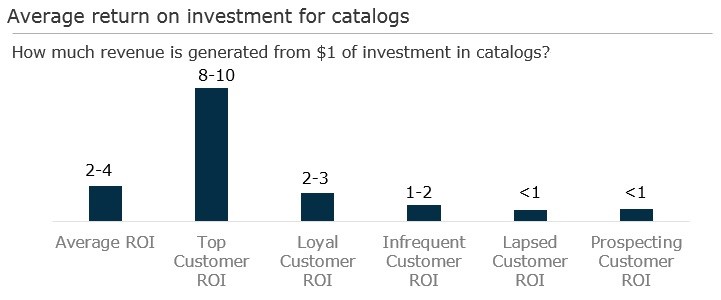 The Millennials are growing up. Loosely defined as being born between 1982 and 2002, the oldest “kids” in this bracket are now in their late 30s. As they age, they are moving up the ladder and into positions of more responsibility and authority.
The Millennials are growing up. Loosely defined as being born between 1982 and 2002, the oldest “kids” in this bracket are now in their late 30s. As they age, they are moving up the ladder and into positions of more responsibility and authority.
For many companies, this means that marketing is now being driven by the same demographic around which so many stereotypes have flourished.
For brands, one stereotype that needs to be set aside is the supposed Millennial preference for all things digital. According to Ray Schultz writing in MediaPost, “you probably believe that they’re so tied to their smartphones that they can’t even see where they’re walking, let alone read a paper advertisement.
“But this stereotype is wrong,” Schultz continues, saying “Studies show that they’re in love with a venerable medium: catalogs.”
Schultz cites Data & Marketing Association (DMA) stats and a CNBC report that finds Millennials are more interested in catalogs that older consumers.
“Catalogs may seem like an outdated way to grab shoppers,” writes Courtney Reagan in CNBC. “But not if your target is millennials.”
“Millennials are very engaged by imagery, and the catalog really allows that to stand out,” said Neil O’Keefe, DMA’s senior VP of marketing and content. “It’s unique to the generation that hasn’t experienced the amount of mail of past generations. So the response rate there is very different than what you would experience with a display ad, even an email. The response rate for a printed piece has been on the rise as of late.”
As Reagan points out, catalogs are not an inexpensive way to market – the cheapest route is sending emails – but the average ROI makes the investment worth it, especially for your best customers.

Image source: Alix Partners
The key to cataloging in 2018 is in how you do it, of course, tailoring your new catalog to consumer preferences.
“For example, don’t overload your catalog page with products—keep it clean,” Schultz advises.
As more Millennials take the lead of brand marketing strategies, we are seeing a resurgence in the popularity of catalogs. Coincidence? I don’t know if there’s been a definitive study on this, but as Schulz notes, it’s worth considering.
“Maybe Millennials who are in charge of marketing at their firms need to learn this lesson [about catalogs],” he concludes. If you’re looking to engage Millennials in a trustworthy, authoritative and compelling way, we know where they’re hiding.
Print – old school and new niche – is where this generation goes when it matters.

January 9, 2019, 3:30 pm
January 9, 2019, 7:19 pm
January 9, 2019, 9:01 pm
December 10, 2020, 2:17 pm